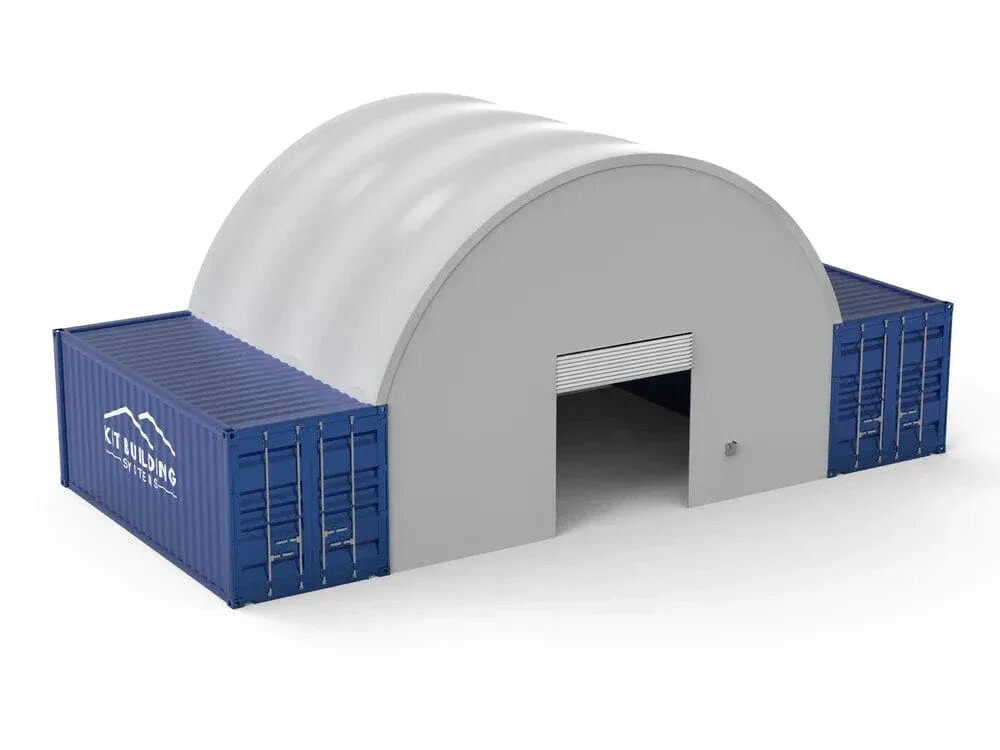


The steel framed building represents more than just a construction trend—it embodies a shift toward smarter.
In the ever-evolving landscape of construction, the steel framed building has emerged as a preferred solution for architects, engineers, and developers. From towering skyscrapers to modular warehouses and residential projects, steel framing offers unmatched advantages in terms of strength, sustainability, and speed. This article explores what makes steel framed building a modern marvel in structural design and why they are being increasingly adopted across various sectors.
A steel framed building is a structure in which the skeleton or framework is constructed primarily of steel columns and beams. These components are precisely fabricated and assembled to support floors, roofs, walls, and other structural loads. Unlike traditional materials like wood or concrete, steel provides a high strength-to-weight ratio, making it ideal for large spans and high-rise structures.
Steel’s inherent strength makes it an ideal choice for buildings that need to endure heavy loads, seismic activity, or extreme weather. Steel doesn’t warp, split, or crack over time, ensuring long-term structural integrity. Its durability allows for taller buildings, wider open spaces, and thinner structural elements, enabling more flexible and creative designs.
Prefabrication is a major benefit of steel framed buildings. Structural elements are manufactured off-site in controlled environments, reducing weather-related delays and minimizing on-site labor. Once delivered, steel components can be quickly erected using cranes, significantly accelerating the construction timeline compared to traditional building methods.
Steel is 100% recyclable without loss of quality, making steel framed buildings a sustainable choice. Many manufacturers use recycled steel, and when a building reaches the end of its life cycle, its steel components can be reused or repurposed. Additionally, the precision in steel fabrication reduces on-site waste, aligning with green building practices and certifications such as LEED.
Whether it’s a sleek office complex, a residential high-rise, or a sprawling industrial warehouse, steel’s adaptability allows for a broad range of architectural expressions. It can support large open spaces without internal load-bearing walls, giving architects more freedom to innovate. The compatibility of steel framing with curtain walls, glass panels, and modern cladding systems enhances its aesthetic appeal.
Unlike wood, steel is non-combustible, reducing the risk of fire spread in a building. It’s also impervious to termites and other pests, minimizing the need for chemical treatments and maintenance associated with organic materials.
Commercial Buildings: Malls, office spaces, and retail centers often use steel frames for their ability to create large, open interiors and accommodate future modifications.
Industrial Facilities: Warehouses, factories, and logistics hubs benefit from steel’s ability to span vast areas without intermediate supports.
Residential Projects: Multi-story apartment complexes and even modern single-family homes are increasingly being built with steel frames for better longevity and design freedom.
Agricultural and Utility Structures: Barns, silos, and utility buildings leverage steel framing for low-cost, high-durability solutions.
While steel framed buildings offer numerous advantages, there are some challenges to consider:
Cost: The initial material cost of steel may be higher than wood or concrete. However, reduced construction time and long-term durability often offset the initial investment.
Thermal Conductivity: Steel conducts heat, which can lead to thermal bridging. This can be mitigated using appropriate insulation techniques and thermal breaks.
Corrosion: In humid or coastal environments, steel is susceptible to corrosion. Protective coatings and galvanization can effectively counter this issue.
With the construction industry embracing smart technologies and sustainable practices, steel framed buildings are poised to play a pivotal role. Innovations such as Building Information Modeling (BIM), robotic assembly, and advanced coating technologies are making steel construction more efficient and environmentally friendly. As urban centers expand and the demand for flexible, sustainable infrastructure grows, steel framing will remain at the forefront of modern building solutions.
The steel framed building represents more than just a construction trend—it embodies a shift toward smarter, stronger, and more sustainable building practices. Its wide range of benefits, from speed and durability to design versatility and eco-friendliness, make it a go-to choice for developers around the globe. As building demands continue to evolve, steel framing will no doubt continue to shape the skylines of tomorrow.
